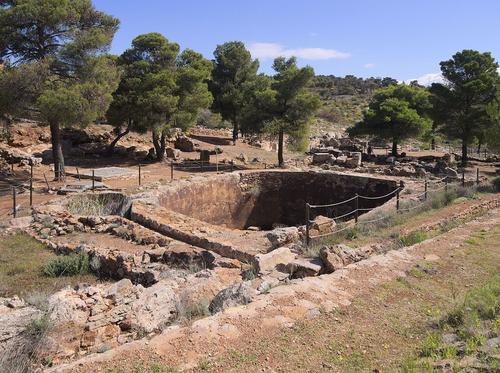Subsurface reservoirs or cisterns
Cisterns are subsurface water reservoirs / storage tanks. Their capacity ranges from 10 – 1,000 m3. In many areas small cisterns are dug in the rock. Larger cisterns are lined with compacted earth, clay, mortar coating, concrete or plastic sheets to avoid seepage. Runoff is collected from an adjacent catchment or channelled from a distant catchment. They are either dug below a solid rock layer or covered to reduce evaporation. In most cases, stilling basins (sedimentation traps) are attached in front of the inlet to reduce sedimentation: otherwise regular cleaning of the cistern is required. When larger storage volumes are needed, two or more structures can be built in the same location.
The cisterns under the MacroWH group are mainly used for animal consumption and irrigation but also for community drinking water also depending on water quality attained. Large community cisterns can store up to 80,000 m3 of water. Concrete or ferro-cement lined subsurface tanks are known as berkas in Somaliland. In Turkmenistan underground tanks built of lime mortar and bricks with a covering dome are called sardobs. In Gansu, China they are called ‘water cellars’ and in Morocco matfia or joub. (Mekdaschi & Liniger 2013)
